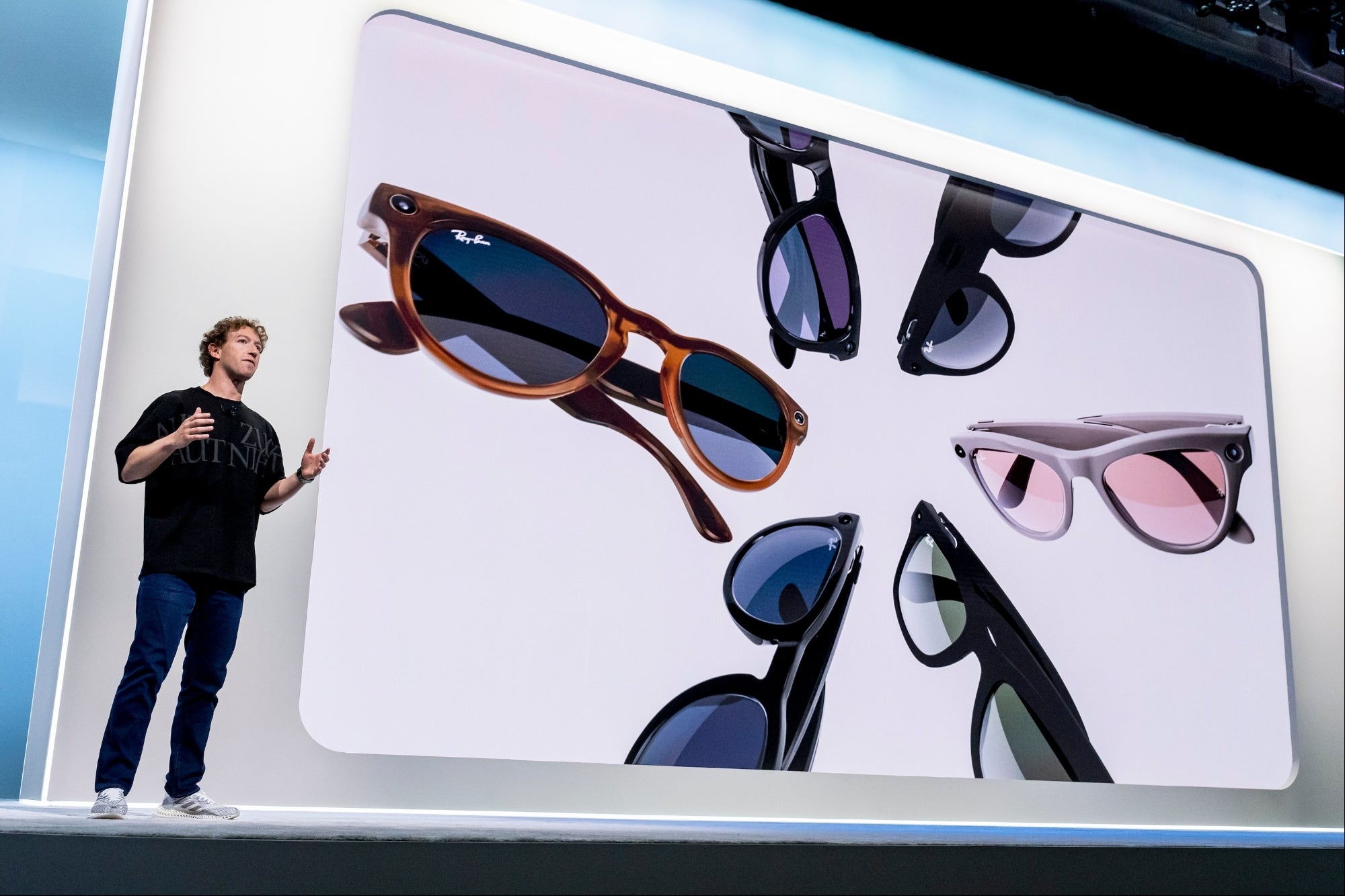How HR Can Communicate Important-But-Boring Stuff to New Hires To get new employees up to speed as fast as possible avoid being deadly dull.
By Tobey Fitch Edited by Dan Bova
Opinions expressed by BIZ Experiences contributors are their own.
In today's fast-paced business environment it's critical to get new employees up to speed and productive as quickly as possible. Especially for large or growing companies where multiple new employees join every week, there is significant ROI for anything that shortens the onboarding process.
Then why do most companies' new hire orientation programs fail to achieve this goal? Because often this necessary information is presented in a lengthy text-heavy, slide deck that is as boring as your car's user manual. Slide 1: Vision, Mission, Values. Slide 2: IT and you. Slide 3: Your healthcare benefits. Slide: 4: Payroll. Slide 5: zzzzzzzzzzzz … The newly hired heads are nodding.
HR is saddled with the responsibility of communicating dense, boring information: performance review guidelines, compensation levels, employee handbook, etc. They write newsletters, design intranets, produce videos and create loads of presentations. While tedious, much of this information is critical to the employee at some point. And yet, when employees set out to find a particular piece of information they have to slog through a morass of slides to find what they need.
Related: Why You Need to Embrace the Big Data Trend in HR
To overcome these challenges, HR needs a method for communicating that is:
Engaging: The audience needs to engage with the material. Boring, text-heavy slides won't cut it. Visual presentations with minimal text are the most appealing and compelling.
Related: 5 Affordable Benefits Employees Appreciate But Few Companies Offer
Holistic: There needs to be a comprehensive overview or map that clarifies the interrelationship of all relevant HR information. To help your audience understand your material, connect the dots so they can see the big picture.
Contextual and cross platform: Employees need to be able to easily find the exact information they need when they need it, regardless of what device they are using to retrieve it. Create a fully accessible repository on your intranet or a document sharing service, like Box or Google Drive, with each file clearly labeled so employees can find what they're looking for.
Collaborative: HR information is an aggregation of material from a variety of different sources. Therefore, HR professionals need to collaborate with their partners and colleagues around the company (often around the world) to pull this this information together. Their communication tools should facilitate this collaboration. Be sure to work off of a platform that enables contributors to work simultaneously to allow for maximized productivity and collaboration.
Modular: In medium and large companies, some HR information varies by department. For example, sales commission structures are not relevant to other departments, and office policies specific to one geographic location may not be relevant to an office in another country. Keep in mind the audience at all times. Make smaller more digestible presentations that are relevant for each specific audience.
Maintainable: HR information, like a company org chart, is always changing. It is critical, therefore, that that the communication media used to disseminate HR information is easily and cost-effectively maintainable. Find the right platform that can be updated on an ongoing basis, keeping the information in the same place for employees to access, but allowing the details to be modified by the owner.
Now, let's return to the new-hire Orientation with these considerations in mind.
Imagine an interactive, holistic map of important HR, finance, IT and facilities information. This map can be accessed in the cloud, on the desktop or from a smartphone. Its design is contextual so that the employee immediately understands where to drill down for specific information. The map uses a collaborative software so all departments can easily add and maintain their information over time. The map's structure is sufficiently general so that it, or segments from it, can be customized to different organizations within the company.
A communication medium that facilitates such an effective New Hire Orientation would change the nature of HR communications.
Related: Your New Employees Will Want These 6 Things When They Come on Board












